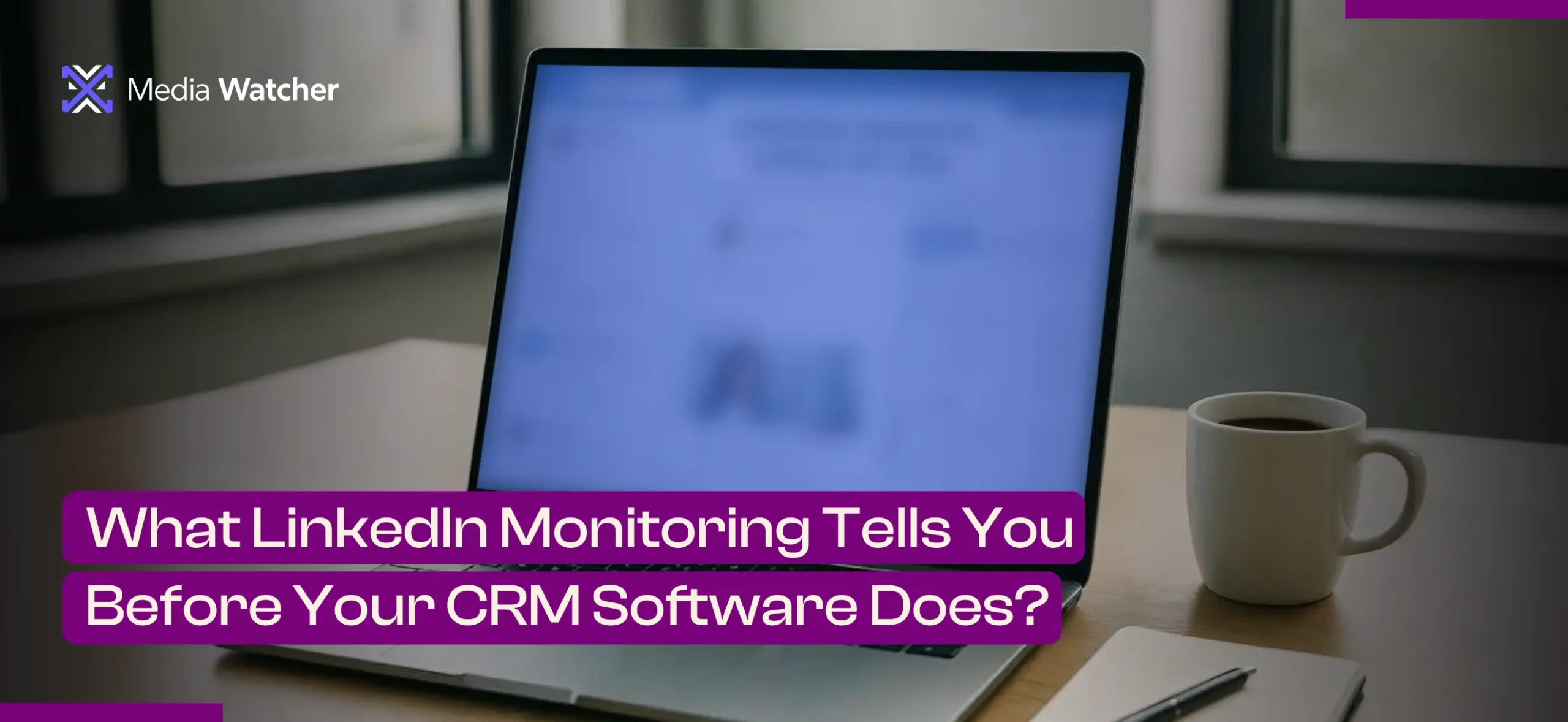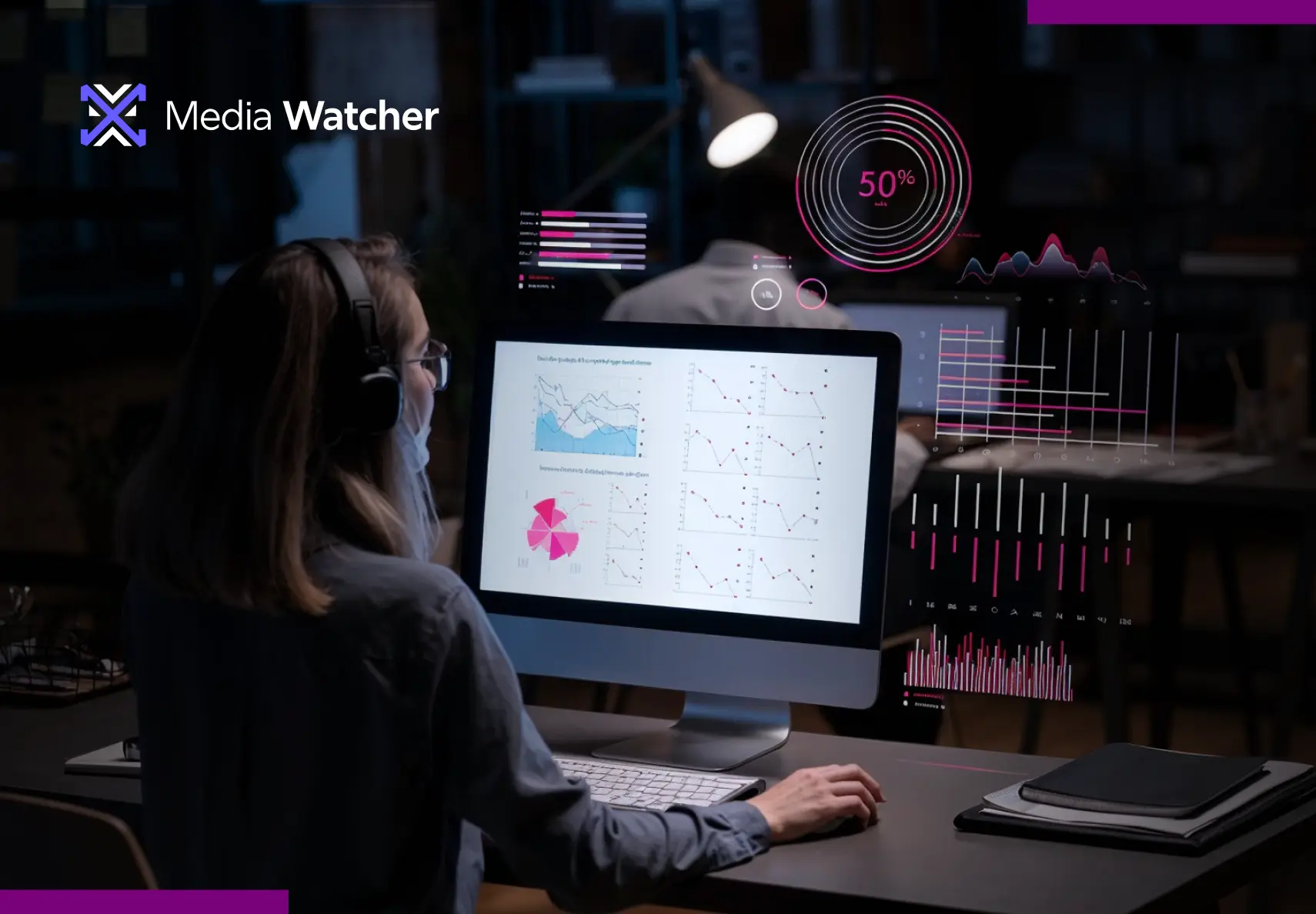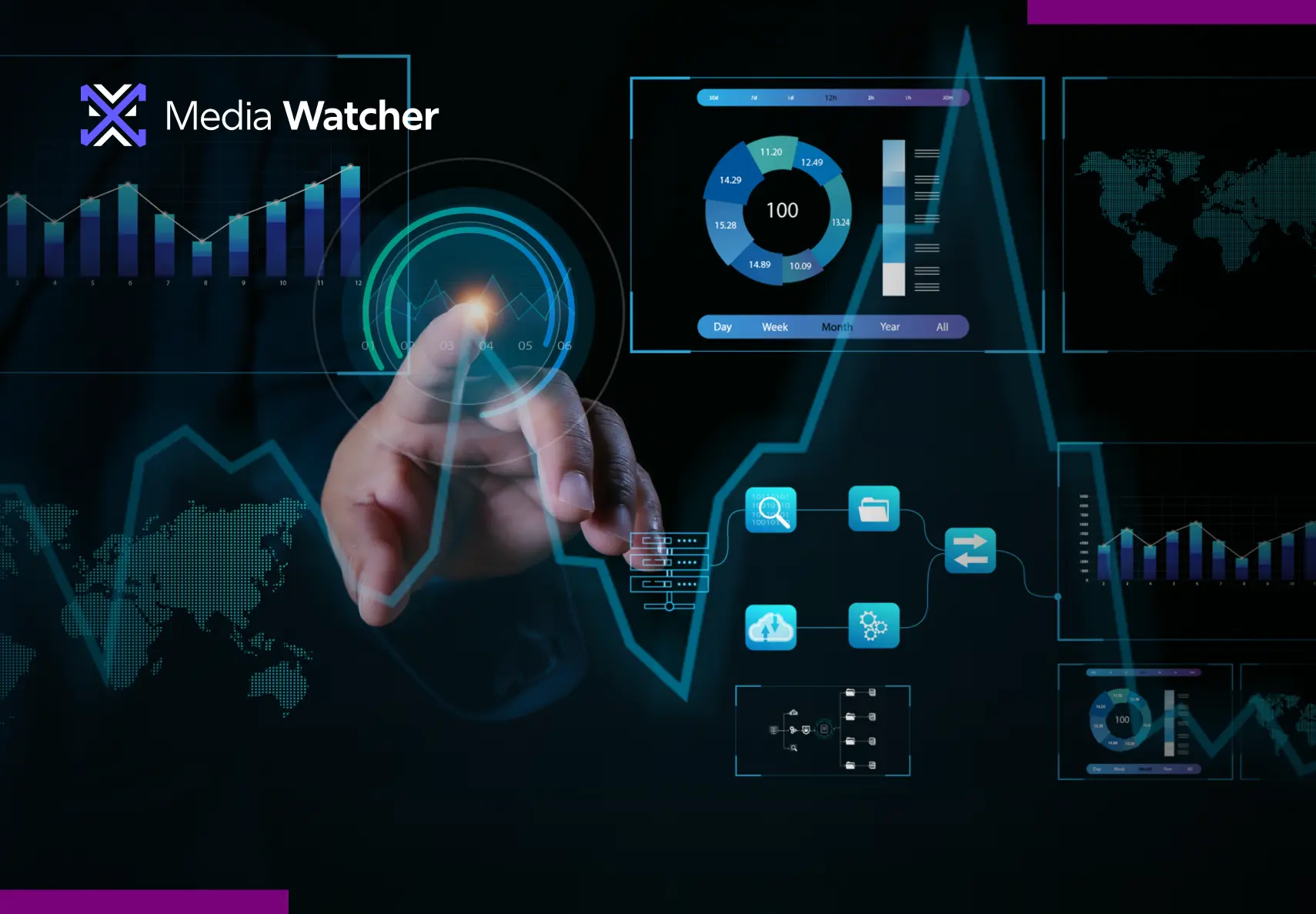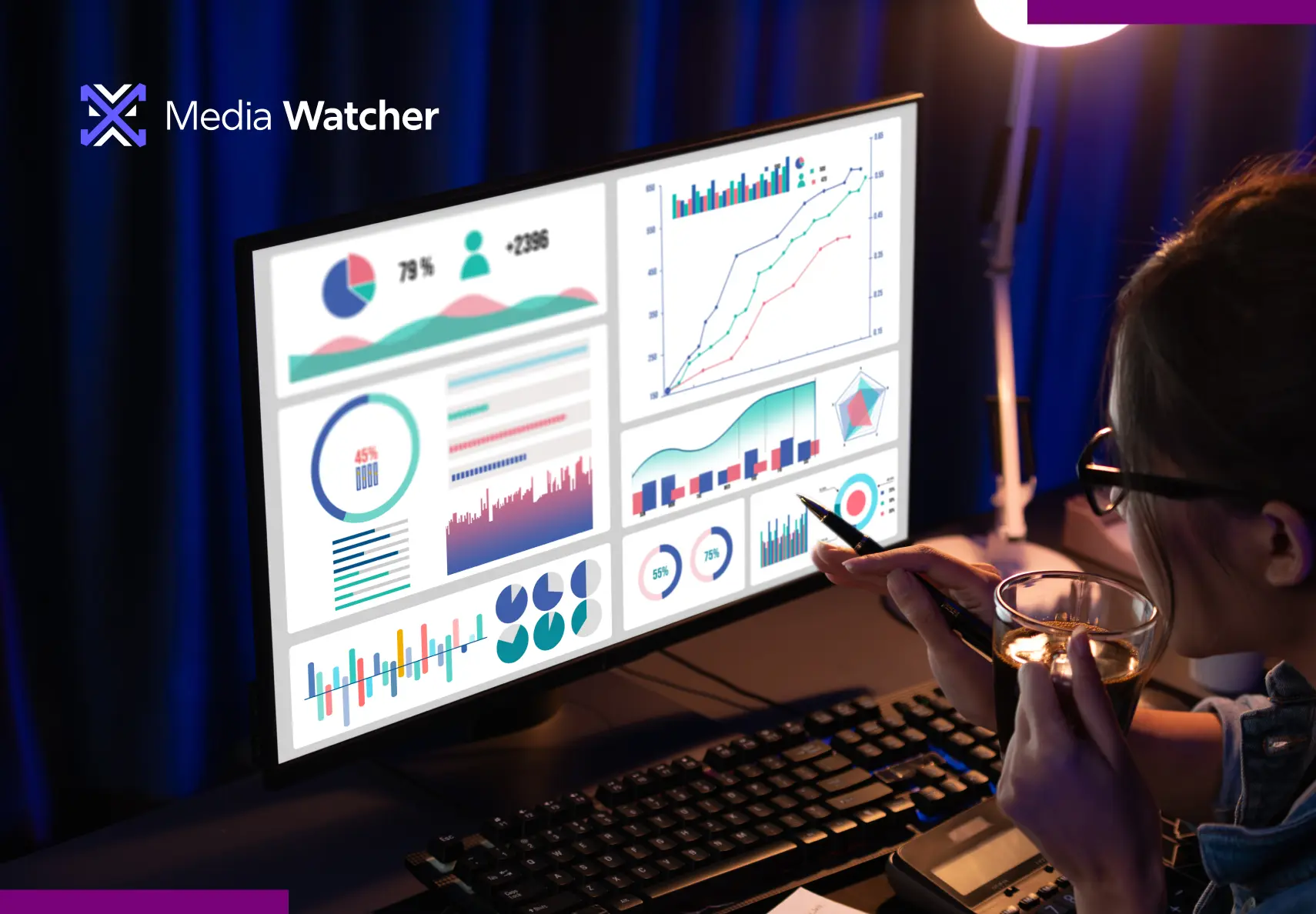In 2020, during the early days of the COVID-19 pandemic, Microsoft’s Chief Marketing Officer, Chris Capossela, shared a post on LinkedIn titled “Taking a People-First Response to COVID-19.”
In the post, he detailed how Microsoft was shifting its marketing strategies to tackle the challenges brought on by the pandemic, placing a strong emphasis on empathy, collaboration, and the use of the company’s tools for remote work and distance learning.
The post sparked significant engagement, with many comments, shares, and reactions from professionals across different fields. One comment came from a senior IT manager at a financial services firm, who asked specific questions about Microsoft’s cloud services.
Another comment from a director at a multinational tech company expressed interest in Microsoft’s enterprise solutions.
Despite no formal lead capture form being present, these comments were clear signals of interest, early-stage buying signals.
Moreover, LinkedIn monitoring enabled the Microsoft marketing team to track these interactions and follow up with personalized outreach and convert those initial interactions into business prospects.
This example emphasizes the aspect of LinkedIn monitoring that can draw attention to the point where it actually finds its way to your sales funnel and provides a strategic edge to attract potential leads proactively.
What is LinkedIn Monitoring?
LinkedIn monitoring is simply keeping track of what kind of conversations are happening about your brand or how your industry experts are talking about different things on LinkedIn.
It includes keeping an eye on the interactions of the people with your posts, what they are saying about your company or products, and what your competitors are doing.
In this manner, you will be able to identify the key dialogues, receive timely responses, and notice possible leads or problems before they develop.
It is like listening to the buzz of your brand, so you can react quickly and make wiser decisions.
No matter what you follow, be it comments, shares, or mentions, LinkedIn listening tools keep you at the frontline and in the loop of acting on opportunities more quickly.
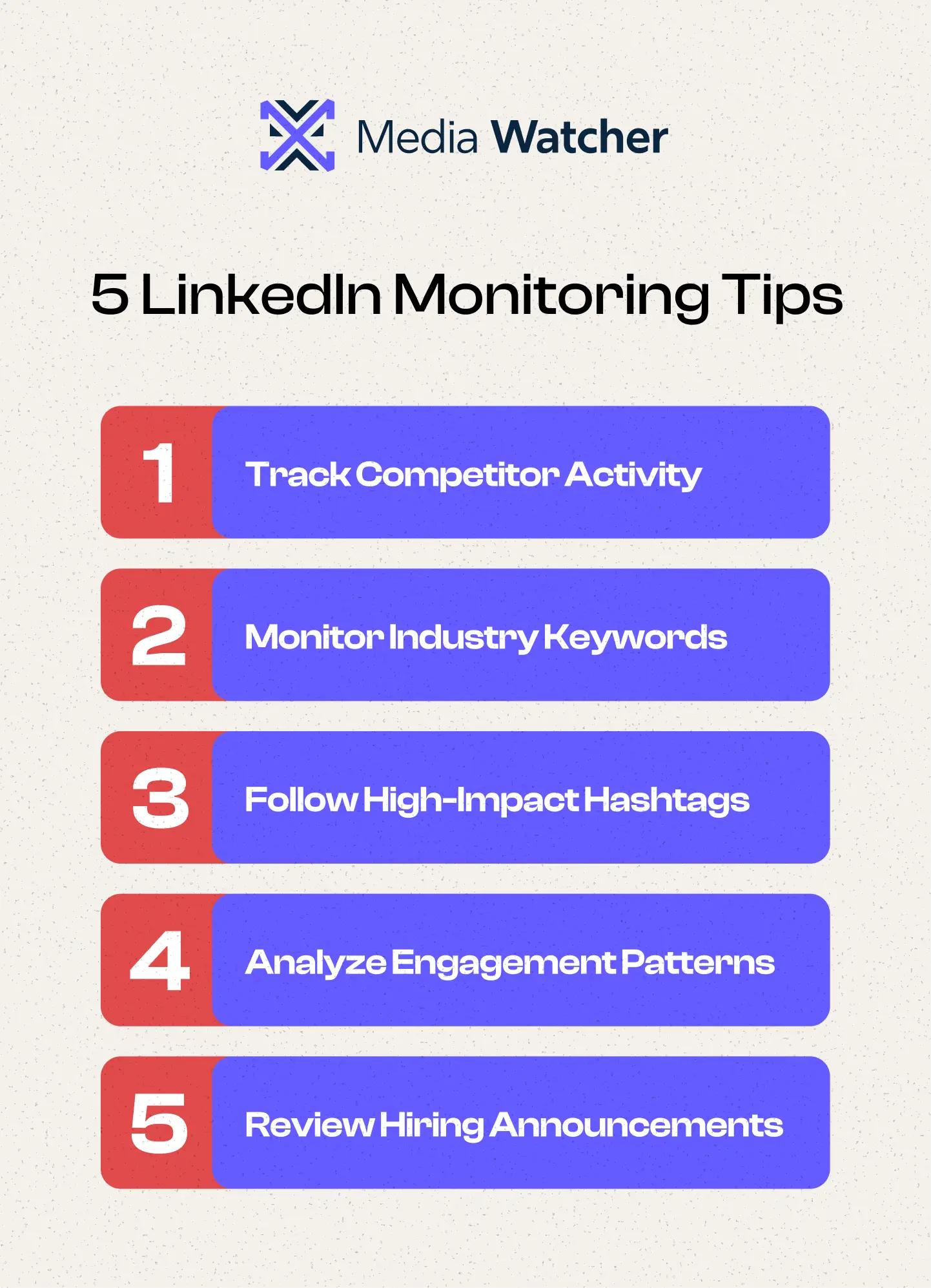
Which is Better? LinkedIn Monitoring or CRM?
CRM(Customer Relationship Management) and LinkedIn monitoring services are not similar. Monitoring platforms track live traffic on LinkedIn, including mentions and sentiment, to enable you to respond fast to trends and participation.
On the contrary, CRM software is used to manage long-term customer relationships, store contact data, track interactions, and automate workflow. While monitoring tools provide instant information, CRMs nurture and convert leads in the long term.
Therefore, a LinkedIn monitoring tool is an app that gives real-time information, which in many instances can foresee trends and engagements ahead of your CRM system.
Why Monitoring LinkedIn Matters for B2B SaaS & Tech Companies
For SaaS and tech businesses, LinkedIn is a critical ecosystem. Many of your buyers, your influencers, your category builders are active there.
Research shows that 65% of B2B companies have gained at least one customer through LinkedIn.
Given these numbers, ignoring LinkedIn activity or failing to monitor it is no longer affordable. It becomes a risk because somebody else is forming the narrative about your product, your category, your brand.
There is a chance that you might not even know it.
LinkedIn monitoring isn’t just “are we posting enough?” It’s “what is happening around our posts, around our key people, around the category conversation, and how can we act on that before somebody else does.”
The “Silent Signals” Businesses Should Watch
Here are the key categories of signals you want to monitor:
1. Comments & Questions On Posts
When someone asks, “We’re struggling with this problem too,” that’s a human buying signal. It may not yet be a form fill, but it’s a real indicator of interest.
2. Company Page Mentions, Tags, or Employee Posts
If your brand, a product name, or an executive is tagged or mentioned (even indirectly), that’s worth capturing.
3. Competitor Mentions Or Contrasting Posts
If a competitor launches something, or someone posts “We switched from X to Y because..”, you want to know. That tells you category shifts, switching behaviour, and objections.
4. Sentiment And Tone Shifts
Are conversations turning skeptical? Are people saying, “We tried this but failed”? That signals risk for you or an opportunity if you can respond.
5. Engagement Surges / Content Pattern Changes
A post by your founder or a product announcement gets lots of comments, connection requests, and profile visits. That pattern may predict inbound leads, but only if you catch it in time.
Are you aware that 40% of B2B marketers say LinkedIn drives high‑quality leads
How to Set Up LinkedIn Social Listening Step by Step
Here’s how a SaaS and tech company can build a monitoring process:
1. Define Your Keywords & Key Entities
Define company/product names, competitor names, or category terms. These can also include executive names such as the founder, CMO, or the product lead. Keywords can also contain campaign hashtags or event names.
2. Set Up Monitoring Tools or Social Media Sentiment Analysis Dashboards
Use analytics dashboards in which you can enter keywords and any comment on the posts with multiple replies or any mention of competitor X in the last 24h, with a strong engagement rate appearing at the top.
3. Track Rapid Response Process
If a warm signal arises (comment, connection request, profile visit), have someone follow up within 24 hours. The earlier the outreach, the better.
4. Feed Insights Into Product Teams
If you see repeated questions about “why is my analytics delayed”, forward that insight to product. If you see lots of competitor switching talk, feed that to sales and messaging.
5. Measure Results And Iterate
Monitor how many pipeline opportunities originated from LinkedIn signals, how many led to demos, and how many conversions. This closes the loop and proves value.
Suggested Read: Decode the Crowd’s Voice with Social Media Sentiment Analysis
Why is LinkedIn Monitoring Solution Important for Product Launches and Thought Leadership?
For SaaS and tech companies launching new products or building founder/C‑level brands, LinkedIn monitoring becomes the intelligence layer underneath every launch:
- Before launch, the brand should monitor competitor teasing, category posts, and what people are questioning.
- At launch, they should watch comment traffic, tagging, and shares to identify early advocates and sceptics.
- After launch, they should track mentions, switching talk, product feedback in comments and posts in order to feed this to product, marketing, and sales.
With this approach, the launch becomes a responsive ecosystem rather than a one‑way broadcast.
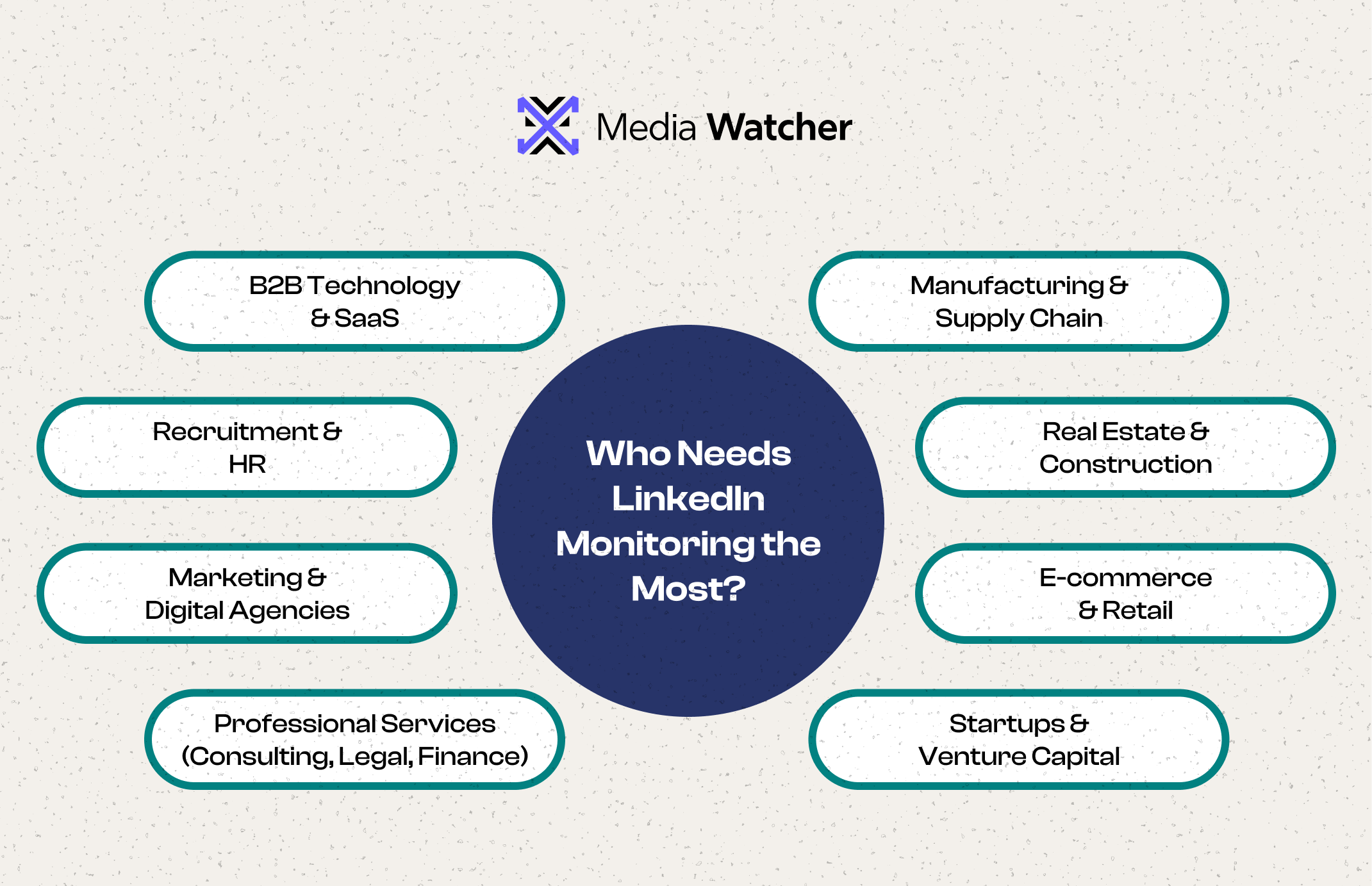
Integrate LinkedIn Monitoring Software with Your Broader Go‑to‑Market Strategy
LinkedIn monitoring should tie into your wider marketing and sales ops stack. To maximize your marketing, you will need to feed your CRM and marketing automation tools with warm signals so your outreach is timely and relevant.
Furthermore, once you combine this with your content calendar, you will be able to respond quickly to trending topics you notice in your monitoring tool and generate posts on the spot.
The second option is to utilize real-time media intelligence to keep your product teams up to date on current trends.
Additionally, using monitoring data allows you to tailor your paid ad strategy: e.g., if posts attract a lot of comments from your target personas, you could promote them to maximize engagement.
LinkedIn monitoring, as part of comprehensive media monitoring software, also helps track brand mentions, including those related to your employer brand or thought leadership efforts, enhancing your overall reputation management strategy.
How Media Watcher as a LinkedIn Monitoring Tool Can Work for the B2B Market?
If you’re working in a B2B SaaS or tech company exploring new product launches, thought leadership, founder branding, or demand generation, then doing LinkedIn monitoring isn’t optional instead, it’s a competitive edge.
You’ll stop missing early intent and silent signals in the comment threads, profile visits, and category conversations, and start turning those into pipeline, into feedback, into real traction.
That’s why Media Watcher is a smart choice. It offers focused LinkedIn monitoring capabilities tailored for B2B SaaS and tech businesses, watching mentions of your brand, tracking competitor posts, surfacing comment‑threads and tags, alerting your team when signals pop, and delivering dashboards so you tie LinkedIn activity back to the pipeline.
With Media Watcher, you’re not just posting and hoping instead your brand is monitoring, analysing, and converting at every stage.
In short, start listening on LinkedIn before your customer relationship management(CRM) even rings.
Reverse‑engineer your pipeline from the feed. With Media Watcher in your corner, you’ll catch the signals, act faster, and win more. Book a demo or visit our website.
Frequently Asked Questions
1. Can LinkedIn be Monitored?
Yes, LinkedIn can be monitored as part of a comprehensive media monitoring strategy. By tracking mentions of your brand, competitors, industry trends, and key discussions of industry leaders across LinkedIn, you can gain valuable insights into professional sentiment, networking activities, thought leadership, and even hiring trends.

